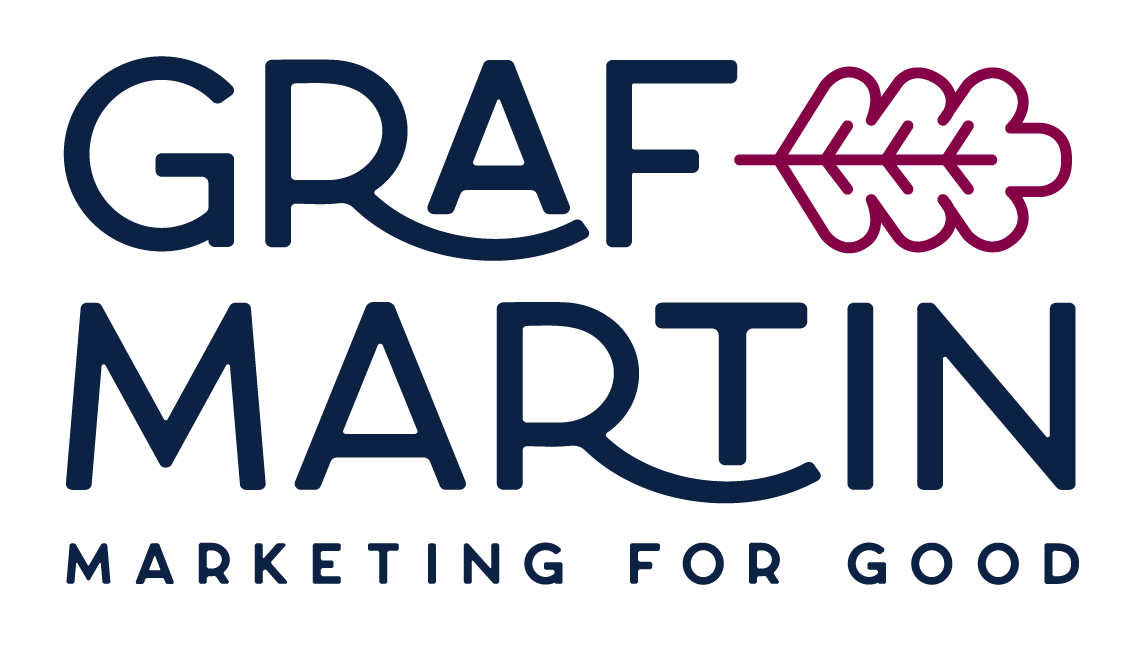3 Best Communication & Donor Engagement Practices for NGO’s
Together, we’ve weathered the storm of the last two years. (And it looks like there might be a storm ahead.) As we walked with organizations like yours, we learned a great deal about which communication and donor engagement practices facilitate a growth trajectory.
So, how can our insights help position your organization for growth during this next season? Keep reading to find out more!
Best Practice #1: Know Who You Are
This is a mirror question in many ways, and answering it can be challenging. In 2020, we had to reimagine our own brand. A number of organizations did the same - including international development orgs, teaching ministries, national associations, and even a denomination.
Below you will find the questions we asked ourselves, and asked these organizations. As you sit here today - how clear is your answer to each of these questions?
Questions to Ask Yourself Today:
Does our team confidently know how to talk about us and our work?
How consistent are our messages?
Is it easy to see what makes us unique? (And is anyone else saying the same thing?)
Can our donors and beneficiaries describe us in the ways we’d like them to?
What gaps do we have between fundraising and communications? *these are deeply linked but often siloed.
Do we have a clear:
Marketing strategy with KPIs, desired outcomes, and measurements of awareness, engagement, conversion and retention, or a list of all the things you’re going to do tied to a budget?
Brand language playbook?
Public engagement strategy?
New donor engagement strategy?
Monthly donor strategy?
Legacy donor strategy?
These are all BIG questions, but they’re all questions we asked ourselves and our clients in 2021, and we’re still asking them today.
Best Practice #2: Know Your Real Donor
We’ve seen a lot of organizations fear doing something that offends their donors. Is your donor a caricature of someone you’re afraid of losing? How do we get to know your real donor? How do we move from a grumpy caricature to someone who brings us joy to connect with? This is very important because we build relationships with people we like.
Why should you know your real donor? It builds the organization you want. Donors become not just a means to an end, but part of the mission and your ecosystem.
Hold up the mirror and ask these questions today:
Who do you serve best?
Why do they care about you?
What is keeping them up at night right now?
What are they thinking about right now?
How are they feeling?
What are they doing these days?
How do you show up and serve them in this season? How should you?
How do they want you to connect with them in this season?
Assess: how are you currently connecting with them? Is there a disconnect?
Best Practice #3: Make Connections
It's important to not just make connections by calling people, although it is important, but to really identify how your donor and beneficiary are connected.
When we start doing brand work with organizations, one of the first things we discuss is brand personas. And most organizations would almost always jump to their donor. And our challenge to that would be, “Let’s start with your beneficiary.” So, who is it that you actually serve best?
Questions to Ask:
What does our core donor and our core beneficiary have in common?
How are we connecting our core donor with our core beneficiary?
Letters
In-person
Prayer requests
Updates on previous asks or prayer requests
How are we cultivating long-term donor relationships with our beneficiaries?
Intentional communications to monthly donors
Making it easy for donors to hear beneficiary stories and identify their common ground
How are we equipping our donors to be advocates for our beneficiaries?
Digging through these questions and holding up a mirror is a lot of work, but the work pays off!
In 2021, we looked at the organizations we worked with in the last year and measured their growth. The organizations that asked these hard questions, increased their revenue by over 10%.
Change is hard work. Organizations can ask themselves these questions, but the hard work is taking the time to shift. It does pay off to ask the right questions and answer them truthfully.
